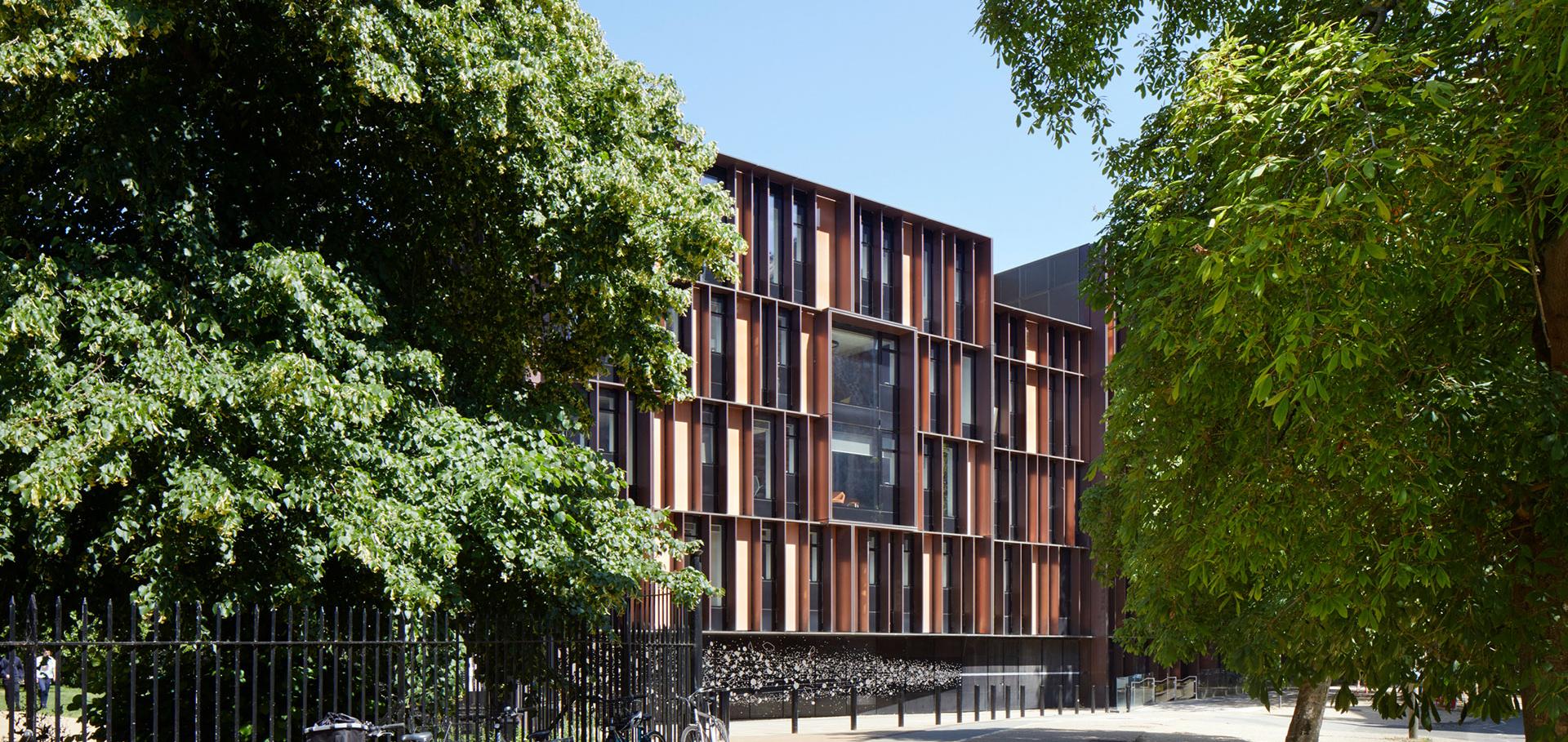The temperature-dependent spectral properties of filter substrate materials in the far-infrared (6–40 μm)
Infrared Physics & Technology Elsevier BV 45:1 (2004) 69-79
Abstract:
This paper presents the experimental results on the low temperature absorption and dispersion properties for a variety of frequently used infrared filter substrate materials. Index of refraction (n) and transmission spectra are presented for a range of temperatures 300-50 K for the Group IV materials silicon (Si) and germanium (Ge), and Group II-VI materials zinc selenide (ZnSe), zinc sulphide (ZnS) and cadmium telluride (CdTe).Interference Filters and Coatings for Mid-Infrared Astronomy (8-30μm)
Proceedings of SPIE--the International Society for Optical Engineering SPIE, the international society for optics and photonics 4842 (2003) 43-55
Infrared filters and coatings for the High Resolution Dynamics Limb Sounder (6-18 microm).
Applied optics 39:28 (2000) 5221-5230
Abstract:
We describe the spectral design and manufacture of the narrow-bandpass filters and 6-18-microm broadband antireflection coatings for the 21-channel High Resolution Dynamics Limb Sounder. A method of combining the measured spectral characteristics of each filter and antireflection coating, together with the spectral response of the other optical elements in the instrument, to obtain a predicted system throughput response is presented. The design methods that are used to define the filter and coating spectral requirements, choice of filter materials, multilayer designs, and deposition techniques are discussed.A spectral performance model for the High Resolution Dynamics Limb Sounder (6–18 μm)
Infrared Physics & Technology Elsevier BV 41:4 (2000) 239-246
Abstract:
A spectral performance model, designed to simulate the system spectral throughput for each of the 21 channels in the HIRDLS radiometer, is described. This model uses the measured spectral characteristics of each of the components in the optical train, appropriately corrected for their optical environment, to determine the end-to-end spectral throughput profile for each channel. This profile is then combined with the predicted thermal emission from the atmosphere, arising from the height of interest, to establish an in-band (wanted) to out-of-band (unwanted) radiance ratio. The results from the use of the model demonstrate that the instrument level radiometric requirements for the instrument will be achieved. The optical arrangement and spectral design requirements for filtering in the HIRDLS instrument are described together with a presentation of the performance achieved for the complete set of manufactured filters. Compliance of the predicted passband throughput model to the spectral positioning requirements of the instrument is also demonstrated.Manufacture and spectral assessment of the filters and antireflection coatings for use in the HIRDLS instrument
Infrared Spaceborne Remote Sensing VI SPIE (1998)


